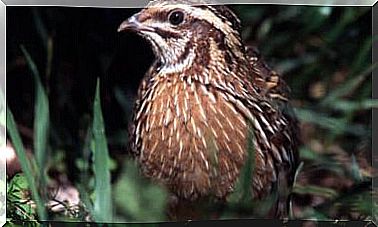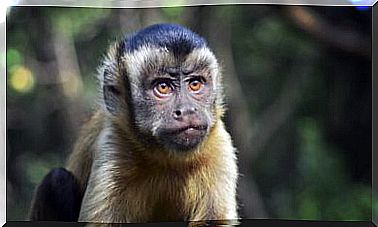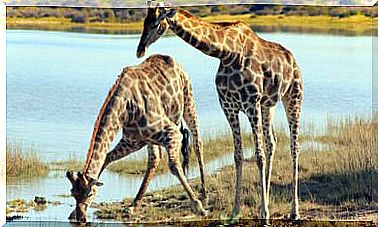7 Differences Between Bees And Wasps

They are direct relatives and we often confuse them due to their similarity. Believe it or not, there are more differences between bees and wasps than you might think. We will tell you about them in this article.
What are the differences between bees and wasps?
We see and hear them when they fly, we see them perched on the flowers and we identify their yellow and black colors. But we don’t always know which insect it is. The differences between bees and wasps are very specific:
1. Color differences
To the naked eye, both insects are yellow and black. However, there are some differentiations. For starters, wasps are dark brown or black with very bright yellow lines. Some species – such as Asians – are completely black.
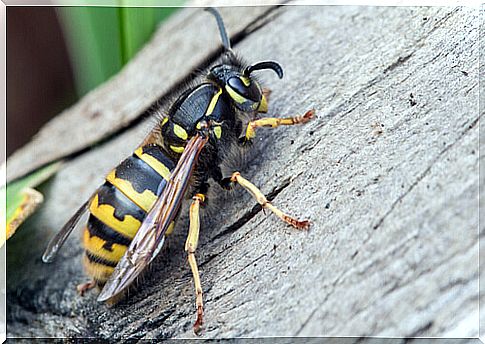
2. Physical differences
Surely you know the saying that says “has the waist of a wasp” when we refer to someone thin. This is because wasps have a narrower area between the thorax and the abdomen. This does not happen in bees, who also have hairs on most of the body. Their relatives are not hairy.
3. Differences in the stinger
Without a doubt, it is one of the main differences between wasps and bees. The latter can only sting once, and that is that their stinger has a kind of ‘spikes’ that cling to the victim. When they nail it and try to detach itself, the insect’s abdomen is torn and it dies on the spot.
The wasp, on the other hand, has a smooth stinger (it is part of its reproductive system and only females have it), with which it can sting several times without putting its life at risk. This is why wasps are said to be more dangerous than bees!
4. Food differences
Bees consume flower nectar, except for the queen, which consumes ‘royal jelly’. The workers are in charge of looking for food and taking it to the hive. How? They first suck it up with a trunk and then carry it on their legs and body.
Wasps have powerful jaws that allow them to devour their prey: it is an omnivorous insect that can consume leaves, carrion, honey and even bee larvae, which they attack by entering the honeycomb to steal.
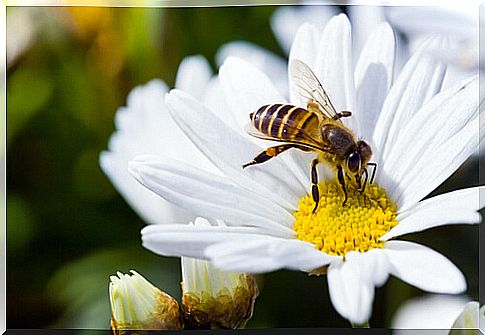
5. Role differences
This is another of the most important differences between wasps and bees. The former can be a very important agent to avoid pests of certain small insects, such as aphids. This is because they feed on the larvae.
This does not mean that the role of bees is not highlighted … Quite the contrary! These are the pollinators par excellence on the entire planet. Thanks to the transport of pollen, many plants reproduce. As they say, without bees, there would be no life.
6. Social differences
When they talk to us about bees, we automatically associate it with a hive and, of course, with honey. This insect is almost always social or semi-social, so its life takes place in a group. Within a colony we find the queen bee (the only fertile female), the drones (males in charge of reproducing with the queen) and the workers (sterile females that are in charge of all the work).
As for wasps, although there are several species that form swarms, the truth is that it is a rather solitary animal and competitive with the rest of its congeners. This is because they have to find food to survive and cannot ‘share’ it with their families.
They will likely use an abandoned honeycomb to rest, but they won’t have as much teamwork as their cousins. And something else: wasps hibernate; not bees.
7. Reproductive differences
The last of the differences between wasps and bees has to do with reproduction. In the case of bees, they have only one in charge of laying eggs: the queen. Wasps only act that way if they live in society. But when they are solitary, all females can conceive.


